Spousal Buyout Mortgage?
If you happen to be going through, or considering a divorce or separation, you might not be aware that there are mortgage products designed to allow you to refinance your property in order to buyout your ex-spouse.
For most couples, their property is their largest asset and where the majority of their equity has been saved. In the case of a separation, it is possible to structure a new mortgage that allows you to purchase the property from your ex-spouse for up to 95% of the property’s value. Alternatively, if your ex-spouse wants to keep the property, they can buy you out using the same program.
Here are some common questions about the spousal buyout program:
- Is a finalized separation agreement required?
Yes. In order to qualify, you will be required to provide the lender with a copy of the signed separation agreement. The details of asset allocation must be clearly outlined.
- Can the net proceeds be used for home renovations or to pay out loans?
No. The net proceeds can only be used to buy out the other owner’s share of equity and/or to pay off joint debt as explicitly agreed upon in the finalized separation agreement.
- What is the maximum amount that can be withdrawn?
The maximum equity that can be withdrawn is the amount agreed upon in the separation agreement to buy out the other owner’s share of property and/or to retire joint debts (if any), not to exceed 95% loan to value (LTV).
- What is the maximum permitted LTV?
Max. LTV is the lesser of 95% or Remaining Mortgage + Equity required to buy out other owner and/or pay off joint debt (which, in some cases, can total < 95% LTV). The property must be the primary owner occupied residence.
- Do all parties have to be on title?
Yes. All parties to the transaction have to be current registered owners on title. Solicitor is required to do a search of title to confirm.
- Do the parties have to be a married or common law couple?
No. The current owners can be friends or siblings. This is considered on exception with insurer approval. In this case, as there won’t be a separation agreement, there is a standard clause that can be included in the purchase contract that outlines the buyout.
- Is a full appraisal required?
Yes. When considering this type of a mortgage, it is similar to a private sale and a physical appraisal of the property is necessary.
If you have any questions about how a spousal buyout mortgage works, please contact us anytime. Be assured that our communication will be held in the strictest of confidence.
Sign up to to our newsletter to hear weekly updates on market news, timely buyer/seller tips, and up to date rates



MICK GILL
Tel: 604-828-1557
Email: gillmortgageteam@gmail.com
SHEILA GILL
Tel: 604-828-5141
Email:
gillmortgageteam@gmail.comm
DYLAN GILL
Tel: 778-255-1557
E-mail:
gillmortgageteam@gmail.comom
OFFICE
22314 Street NW
Calgary AB
T2N 1Z6
Compliance Officer:
Gord Appel
(403) 714-4663
gord.appel@axiom.ca
Broker Of Record:
Gord Ross
800-517-8670 ext 301
gord@axiommortgage.ca


